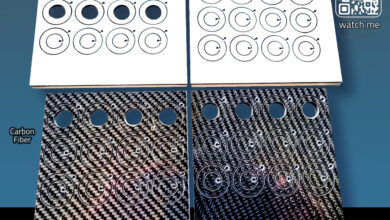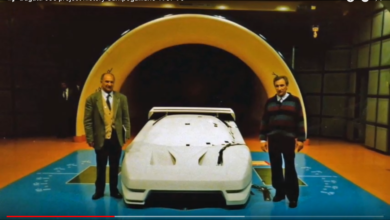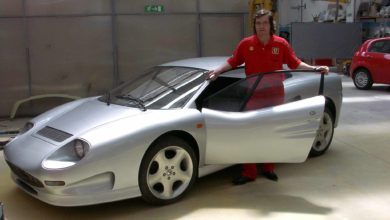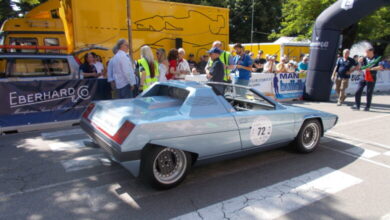FCA Heritage takes part in the exhibition devoted to the legendary history of the Lingotto
The exhibition “Lingotto VIVE & RIVIVE. Quand’era una fabbrica” (in English “Lingotto LIVES & RELIVES. When it was a factory.”) has been inaugurated. It offers a fascinating journey of discovery in a place that symbolizes Turin and urban regeneration... internationally famous but not always recognized for its past glory as a car-making factory. Thanks to drawings, photographs, films and iconic vehicles, the visitor can relive the history of the famous Fiat factory in the period between the early 1920s and the late 1980s.
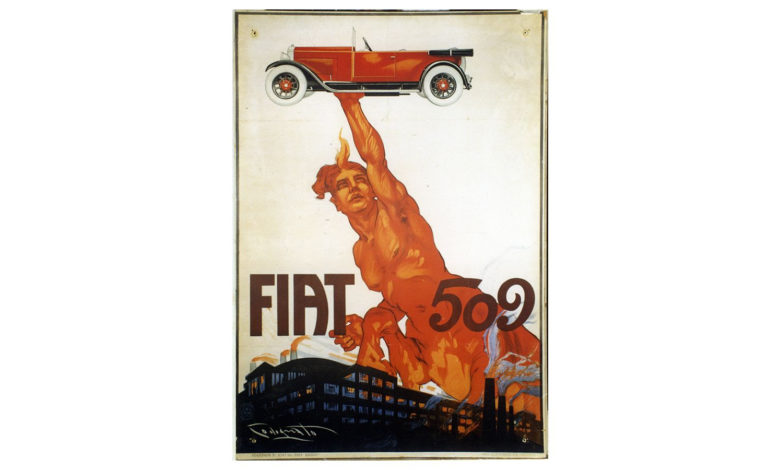
The exhibition will remain on view until 31 December 2020, at Pavilion 5 of the Lingotto Shopping Center in Via Nizza 230 in Turin.
FCA Heritage – the FCA department dedicated to the protection and promotion of the historical heritage of the Group’s Italian brands – participated actively in the creation of the exhibition, through the concession of videos and photographs belonging to the precious collection of Turin’s unique museum, the Centro Storico Fiat. This houses a superb collection of cars, memorabilia, models and advertising posters, plus a huge documentary heritage that tells the story of the largest and most long-lived Italian car manufacturer.
The documentary materials loaned by the Centro Storico Fiat evocatively narrate the productive and architectural history of the Lingotto in its design, operation, conversion and renovation phases. Fiat’s Lingotto factory was inaugurated in 1923, and is still admired today for the extraordinary modernity and elegance of its vertical thrust, and for the breathtaking solution of the rooftop test track, which at the time astonished many architects, including Le Corbusier. Long before it was finished, what had been conceived as a workplace became a symbol of Italian industry and inventiveness, which very soon entered the country’s collective memory. Over the decades it became the birthplace of numerous mythical models and contributed to the motorization of Italy… until new production processes needed to move to plants that responded to a different technological logic. But the Lingotto found ways to renew itself to adapt to the needs of a changing urban context and – while remaining a symbol of industrial archeology – the factory has undergone a long process of internal restructuring, leaving its charismatic external appearance unchanged.
As part of the “Torino Design of the City 2020” event, the exhibition “Lingotto VIVE & RIVIVE. Quand’era una fabbrica” also aims to raise awareness of the Torino Automotive Heritage Network project. This consists of a web of cultural and entrepreneurial events that acts to “revive” the cultural heritage of the Automobile City of Turin, through initiatives for the enhancement, promotion and interpretation of the City’s industrial history and its territory.
The scientific coordination and organization of the Lingotto exhibition have been provided by the Turin Polytechnic’s Department of Architecture and Design, and by the Institute for the Memory and Culture of Labor in Business and Social Rights (ISMEL).


